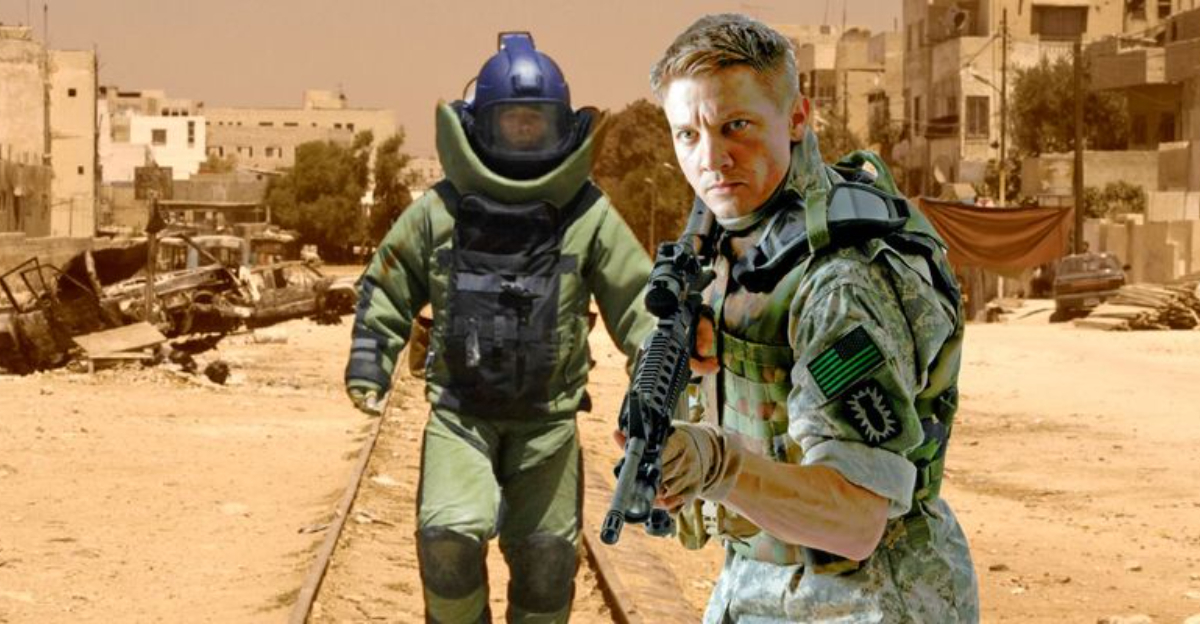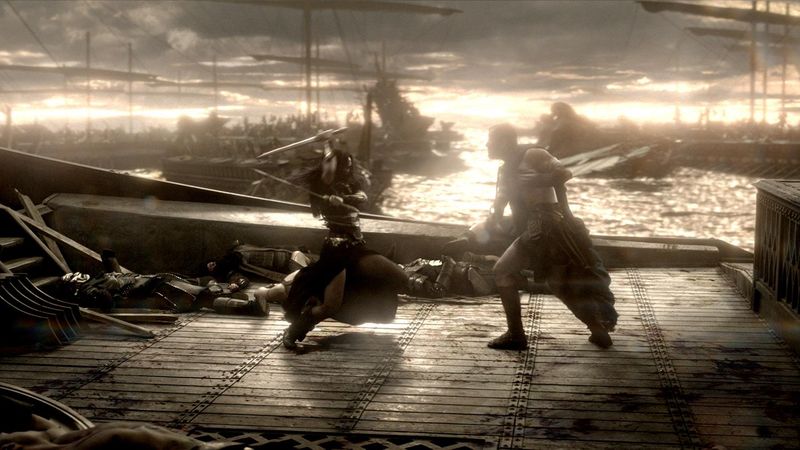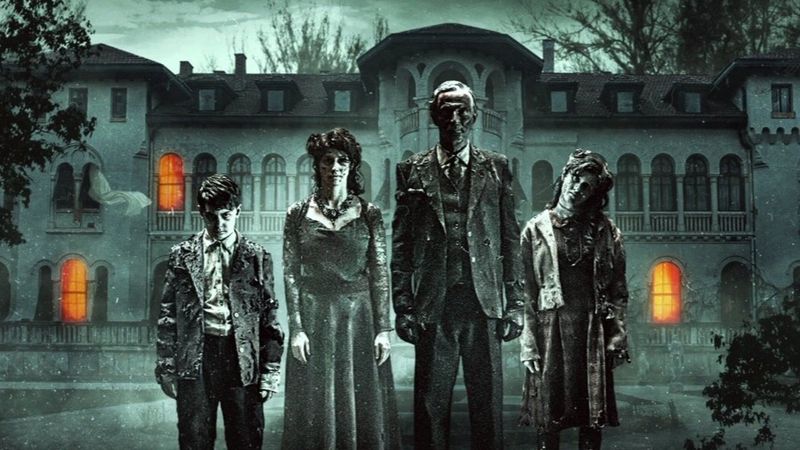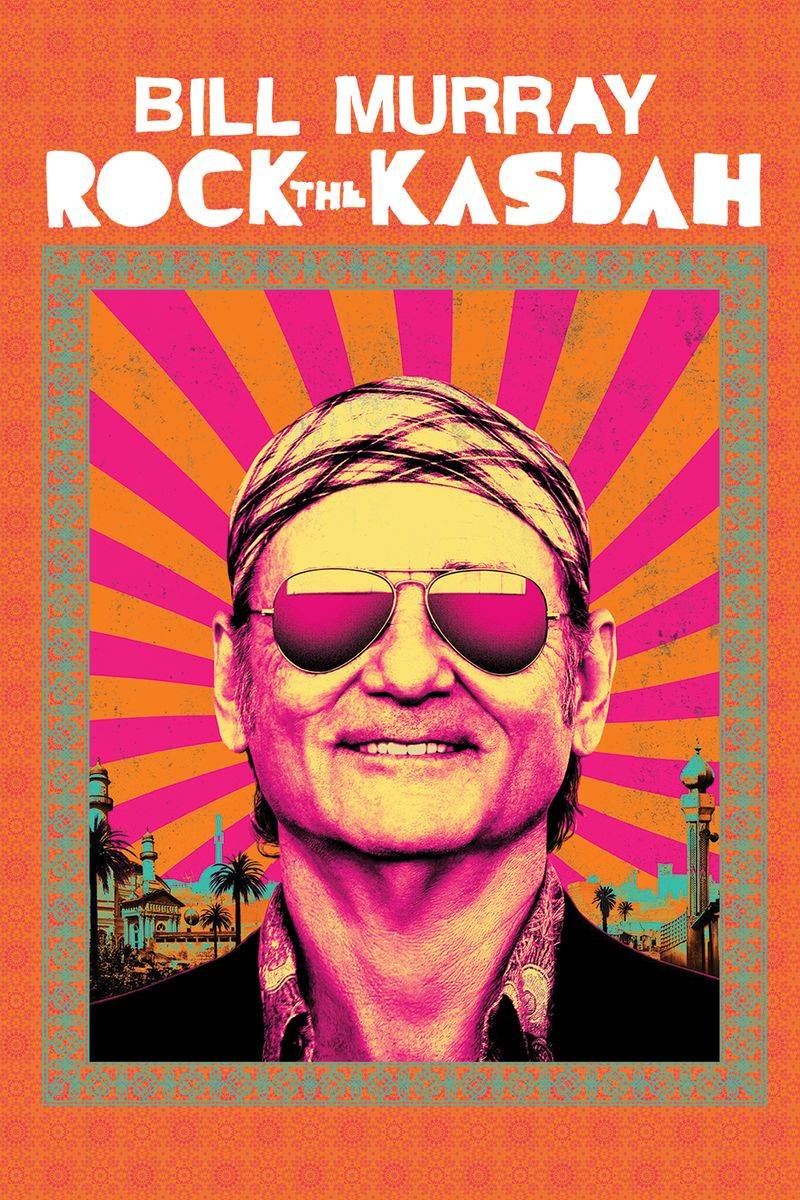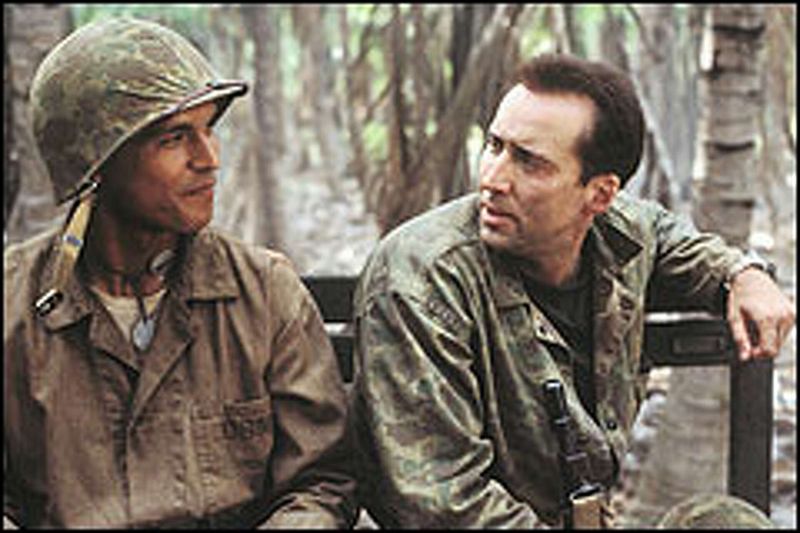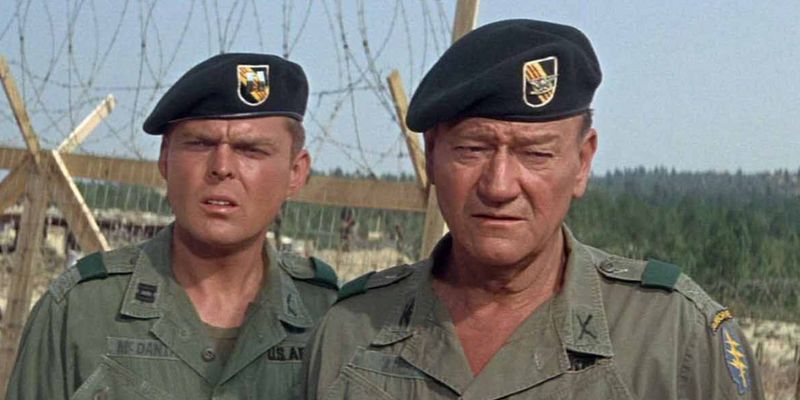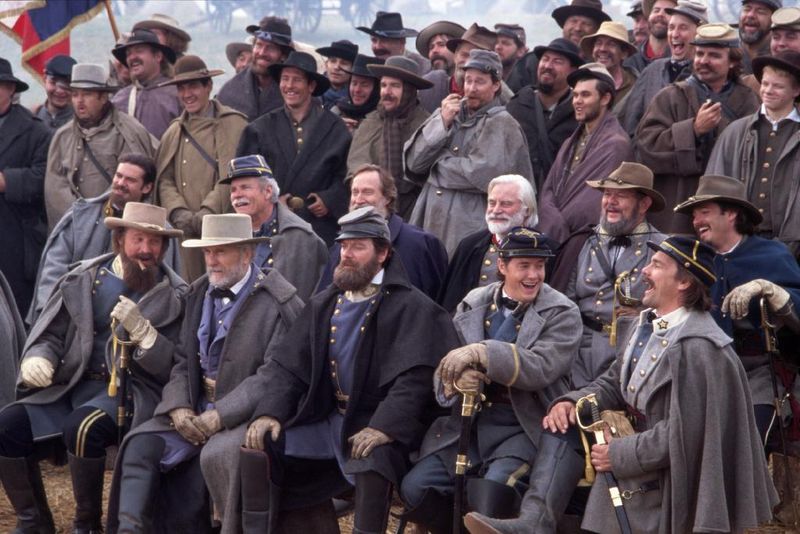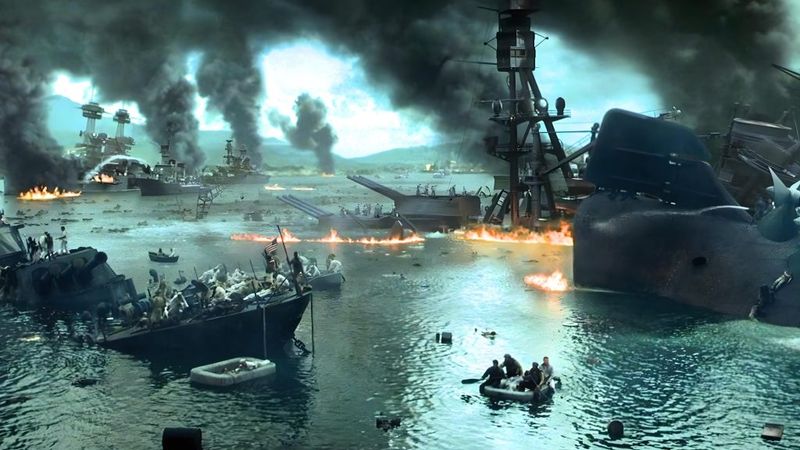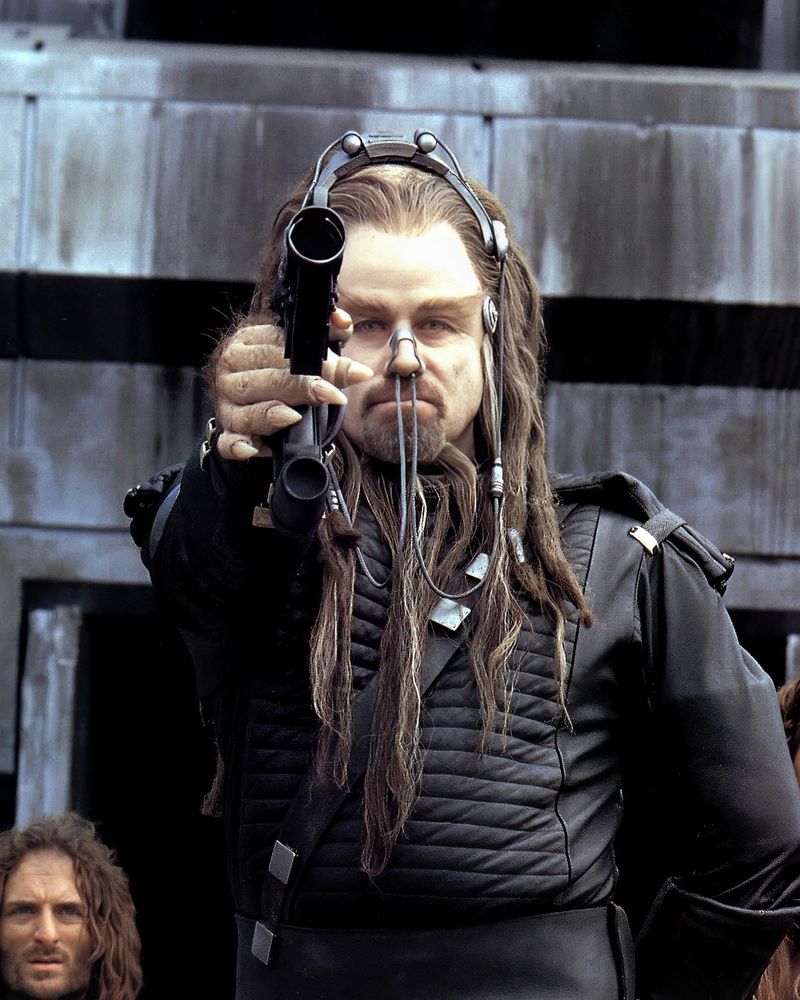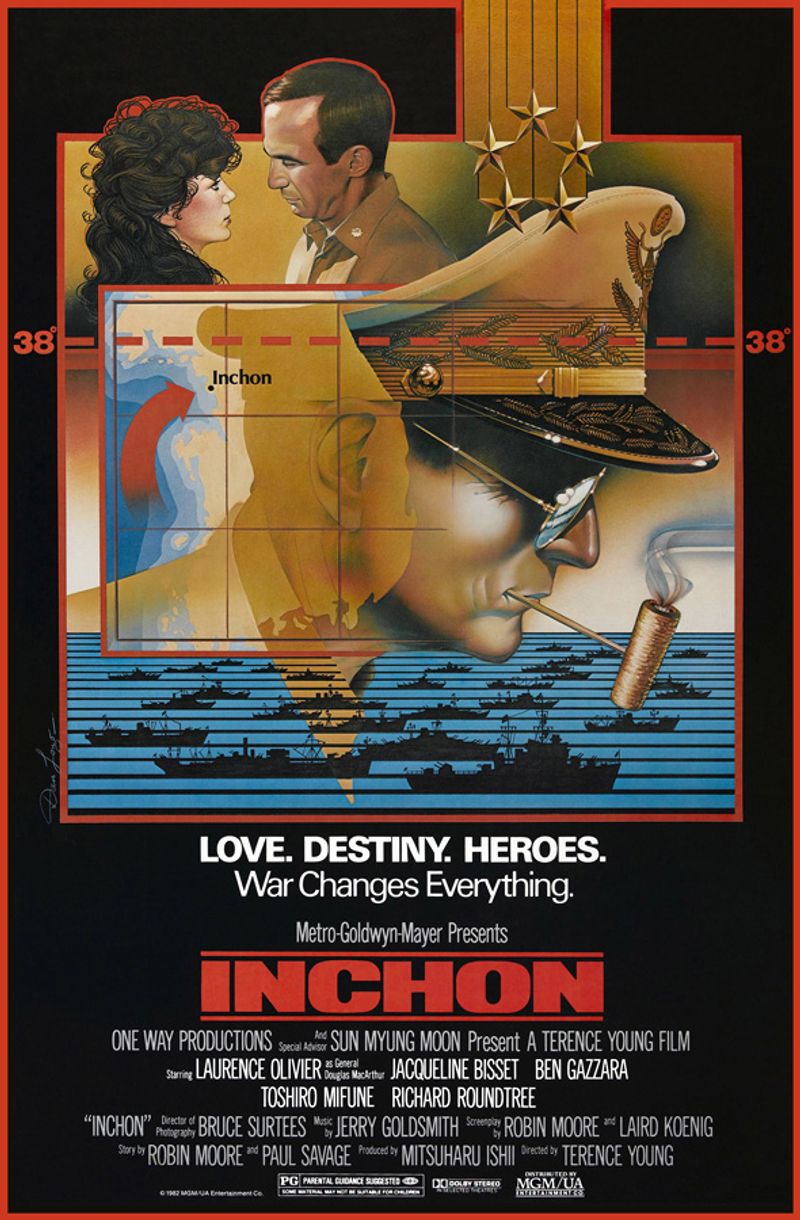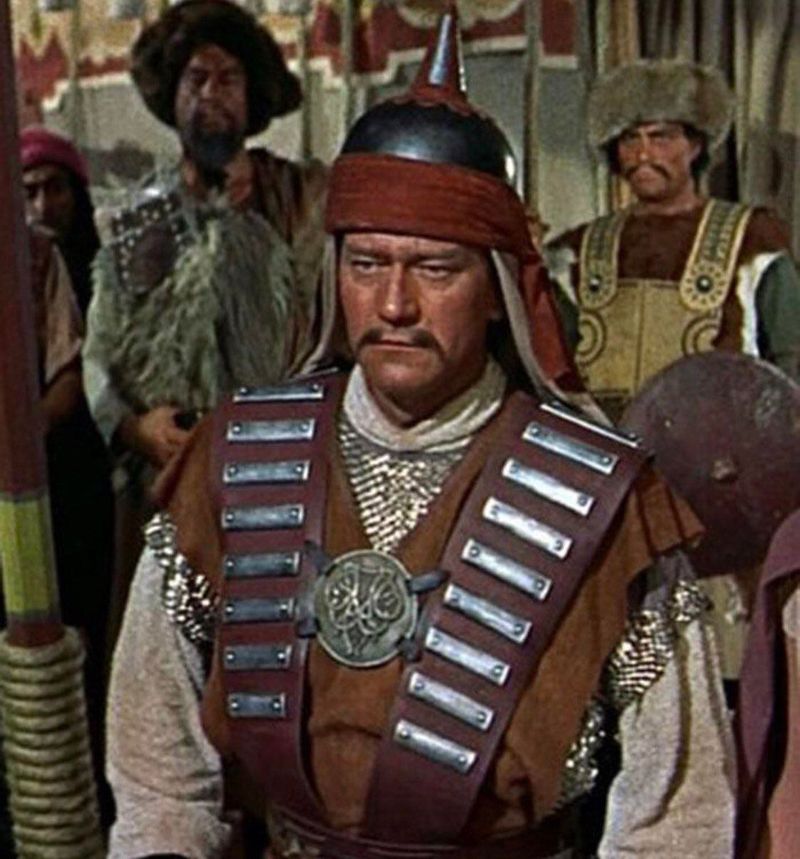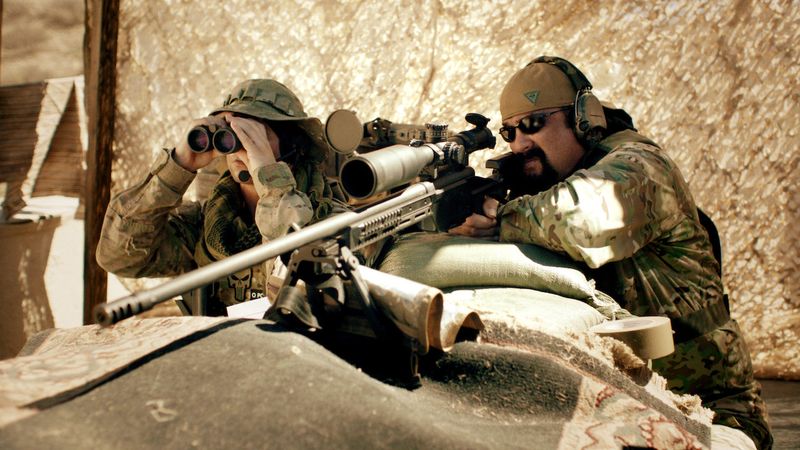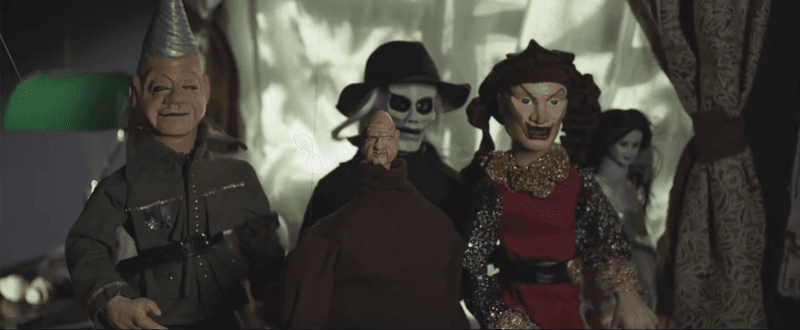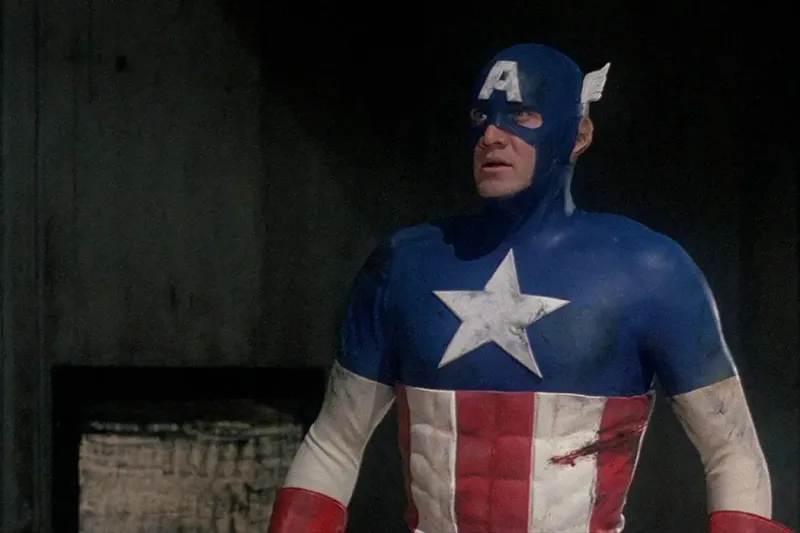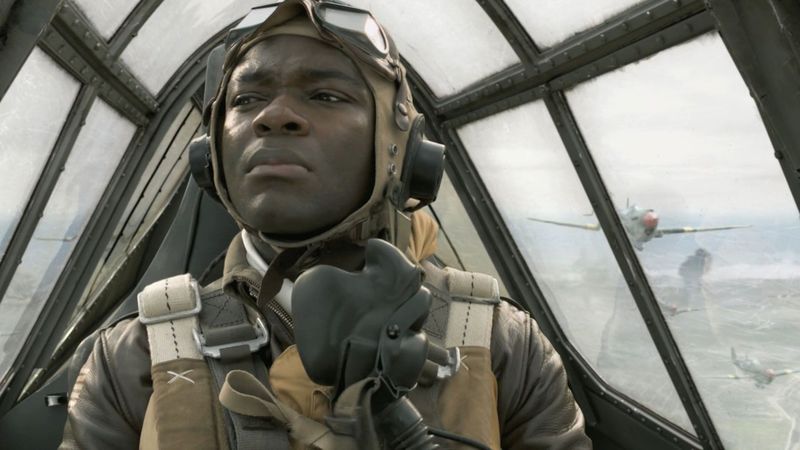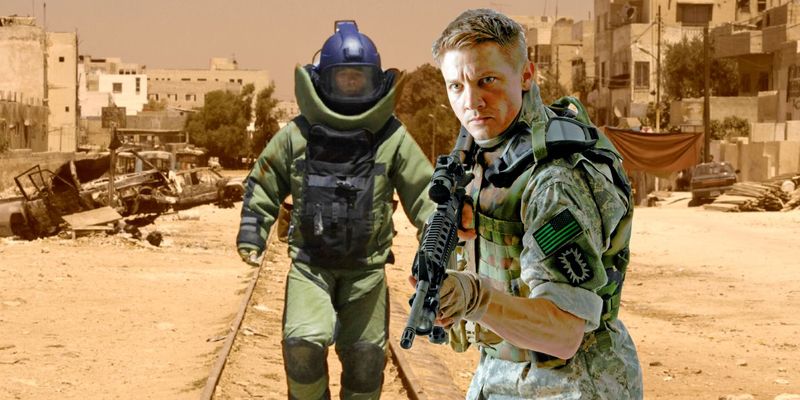In cinema history, war movies have often been celebrated for their powerful storytelling and portrayal of heroism.
However, not all war films hit the mark. Some movies fall short, failing to honor the true essence of wartime experiences, and end up being criticized for various reasons.
This article delves into 15 war movies that, despite their intentions, missed the mark and garnered criticism for their portrayal of historical events and veterans.
15. 300: Rise of an Empire (2014)
The sequel to the visually striking ‘300’, ‘300: Rise of an Empire’ attempts to replicate its predecessor’s success. It falters with over-reliance on CGI, substituting genuine storytelling with flashy visuals. Critics argue that it lacks the emotional depth and originality of the original film. The depiction of historical events feels exaggerated, prioritizing spectacle over substance. Some viewers found the aggressive stylistic choices distracting rather than engaging. Did you know? This film simultaneously acts as a prequel, sequel, and parallel storyline to ‘300’, a bold narrative experiment that didn’t quite pay off.
14. Ghosts of War (2020)
‘Ghosts of War’ attempts an unusual blend of horror and war, leading to mixed reviews. The plot revolves around soldiers occupying a seemingly haunted French chateau during World War II. Despite an intriguing premise, the film is criticized for its muddled execution and lack of cohesive storytelling. The horror elements feel shoehorned, overshadowing the war narrative rather than complementing it. Its ambitious genre crossover confuses rather than captivates, leaving audiences unsatisfied. Interestingly, the film’s twist ending aimed to surprise, but instead, it left many viewers scratching their heads.
13. Rock the Kasbah (2015)
Billed as a war comedy, ‘Rock the Kasbah’ struggles to find its comedic footing. Despite a cast full of talent, including Bill Murray, the film is criticized for its disjointed plot and uneven tone. It tells the story of a washed-up music manager discovering a young talent in Afghanistan, but its execution leaves much to be desired. The humor falls flat, missing opportunities to balance the absurdities of war with genuine laughs. Fun fact: The film was inspired by real-life events, yet its portrayal lacks the authenticity that could have grounded its narrative.
12. Windtalkers (2002)
‘Windtalkers’ focuses on the Navajo code talkers’ crucial role during World War II, but it misses the mark in execution. Directed by John Woo, the film is critiqued for placing more emphasis on conventional action scenes than on its historical subject. The narrative sidelines the unique cultural contributions of the Navajo in favor of cliched heroics. This imbalance detracts from the film’s potential to educate and honor a unique part of military history. Despite its shortcomings, ‘Windtalkers’ introduced many to the fascinating story of the code talkers’ unbreakable contributions.
11. The Green Berets (1968)
John Wayne’s ‘The Green Berets’ attempts to rally support for the Vietnam War, presenting a controversial perspective. The film, while ambitious, is criticized for its propagandistic tone and historical inaccuracies. It portrays a sanitized version of warfare, sidelining the war’s complexities in favor of a clear-cut narrative. Critics argue that its simplistic storytelling fails to engage with the nuanced realities of the conflict. Despite its intentions, the film remains a polarizing portrayal of one of America’s most contentious wars. Did you know? It was one of the few American films depicting Vietnam during the war itself.
10. Gods and Generals (2003)
‘Gods and Generals’ ambitiously tackles the Civil War but struggles under its own weight. The film is lambasted for its prolonged runtime and romanticized depiction of the Confederacy. Critics note that its slow pacing and lack of character depth hinder engagement, turning a historical epic into a tedious affair. The film’s attempt to humanize Confederate figures is seen by some as problematic, overshadowing the era’s complexities. Despite meticulous attention to period detail, its narrative lacks the vibrancy needed to captivate audiences fully. Fun fact: The film is a prequel to ‘Gettysburg’, yet fails to capture its predecessor’s acclaim.
9. Pearl Harbor (2001)
‘Pearl Harbor’ is remembered more for its love triangle than its historical significance. While visually stunning, it was criticized for prioritizing romance over accuracy. The film attempts to blend personal drama with pivotal historical events, but the melodrama often overshadows the impactful story of the attack. Critics argue that its lengthy runtime and focus on fictional elements detract from the real-life heroism and tragedy of Pearl Harbor. Despite its box office success, many felt it missed an opportunity to honor the past authentically. Interestingly, the film employs CGI to recreate the infamous attack with striking realism.
8. Battlefield Earth (2000)
Based on a novel by L. Ron Hubbard, ‘Battlefield Earth’ is notorious for its numerous cinematic missteps. The film’s convoluted plot and bizarre stylistic choices, like excessive use of Dutch angles, bewildered audiences. Despite its science fiction premise, it attempts to parallel themes of rebellion and war, though it stumbles in execution. Critically panned, it is often cited as one of the worst films ever made. The film’s production challenges, including financial struggles and creative disputes, contributed to its downfall. Did you know? John Travolta, a prominent Scientologist, championed the film’s production as a passion project.
7. Inchon (1981)
‘Inchon’ was envisioned as a grand depiction of the Korean War’s pivotal battle, but it became a cautionary tale of filmmaking excess. The film faced numerous production problems, including creative disagreements and financial overruns. Critics deride its muddled narrative and poor performances, which fail to convey the battle’s significance. Its portrayal of General Douglas MacArthur, played by Laurence Olivier, is often seen as overblown and lacking nuance. Despite its ambitious goals, ‘Inchon’ became a box office disaster and a lesson in the perils of epic filmmaking. Fun fact: It was partially funded by the Unification Church.
6. The Conqueror (1956)
‘The Conqueror’ is infamous for casting John Wayne as Genghis Khan, a decision that perplexed audiences and critics alike. The film’s historical inaccuracies and Wayne’s miscast performance earned it a reputation as a cinematic misfire. Critics argue that the film’s portrayal of Mongol culture is superficial, with clichéd dialogues and stilted acting. Despite its epic aspirations, the film’s execution fails to do justice to the legendary conqueror’s story. Interestingly, many of the film’s cast and crew later developed cancer, believed to be linked to filming near a nuclear testing site. This tragic legacy adds a somber note to its history.
5. Sniper: Special Ops (2016)
‘Sniper: Special Ops’ stars Steven Seagal, known for his action roles, but fails to deliver an engaging narrative. Its low-budget production is evident in its lackluster action sequences and weak script. Critics note that the film’s dialogue is stilted, and its attempts at drama feel forced. The movie struggles to maintain tension, often resorting to clichéd tropes typical of the genre. Despite its shortcomings, it found a niche audience among Seagal fans. Interestingly, the film was marketed heavily on Seagal’s involvement, though his actual screen time is limited, further disappointing viewers expecting his usual action-packed presence.
4. Puppet Master: Axis of Evil (2010)
‘Puppet Master: Axis of Evil’ blends horror with wartime narratives, but its execution falls short of expectations. The film’s campy tone and low production values detract from the potentially intriguing premise of living puppets in World War II. Critics highlight its lackluster special effects and mediocre performances, which fail to capture the intended suspense. The film’s attempts at horror often come across as unintentionally humorous rather than genuinely chilling. Despite its flaws, it continues the cult ‘Puppet Master’ series, appealing to a niche audience. Fun fact: The film’s setting and storyline pay homage to classic B-movies of the 1940s.
3. Captain America (1990)
Before the Marvel Cinematic Universe, ‘Captain America’ (1990) offered an early cinematic take on the superhero, but it struggled with a limited budget. The film’s special effects and plot were criticized for their lack of polish and coherence. Despite its earnest attempt to bring the comic book hero to life, critics noted its cheesy dialogue and awkward pacing. The film’s narrative, while ambitious, couldn’t overcome its production constraints. Interestingly, it remained largely obscure until the character’s later resurgence in popular culture. Did you know? The film’s shield was made of clear plastic, a stark contrast to the iconic vibranium.
2. Red Tails (2012)
‘Red Tails’ aims to honor the Tuskegee Airmen, African American pilots in World War II, but its execution falls short of its noble intentions. Critics cite its clichéd dialogue and predictable character arcs as significant weaknesses. The film’s focus on aerial dogfights, while visually engaging, often overshadows the personal stories that could have enriched the narrative. Despite its shortcomings, ‘Red Tails’ brings attention to a crucial part of history often overlooked. Fun fact: It was produced by George Lucas, who faced difficulties securing funding due to the film’s all-black cast, highlighting industry challenges still prevalent today.
1. The Hurt Locker (2008)
‘The Hurt Locker’, despite critical acclaim and Oscar wins, faced scrutiny from military personnel for its depiction of bomb disposal units. The film’s tension-filled scenes and character-driven narrative were praised, yet many veterans pointed out its unrealistic portrayal of military protocol and operations. Critics argue that, while engaging, the film sacrifices authenticity for dramatic effect. Its immersive approach to storytelling, however, set a new standard for war films despite its controversies. Interestingly, the film was one of the first to depict the Iraq War in a major Hollywood release, influencing future portrayals of modern warfare.
